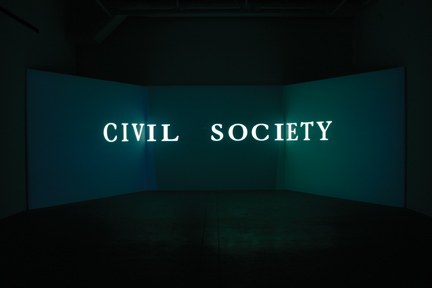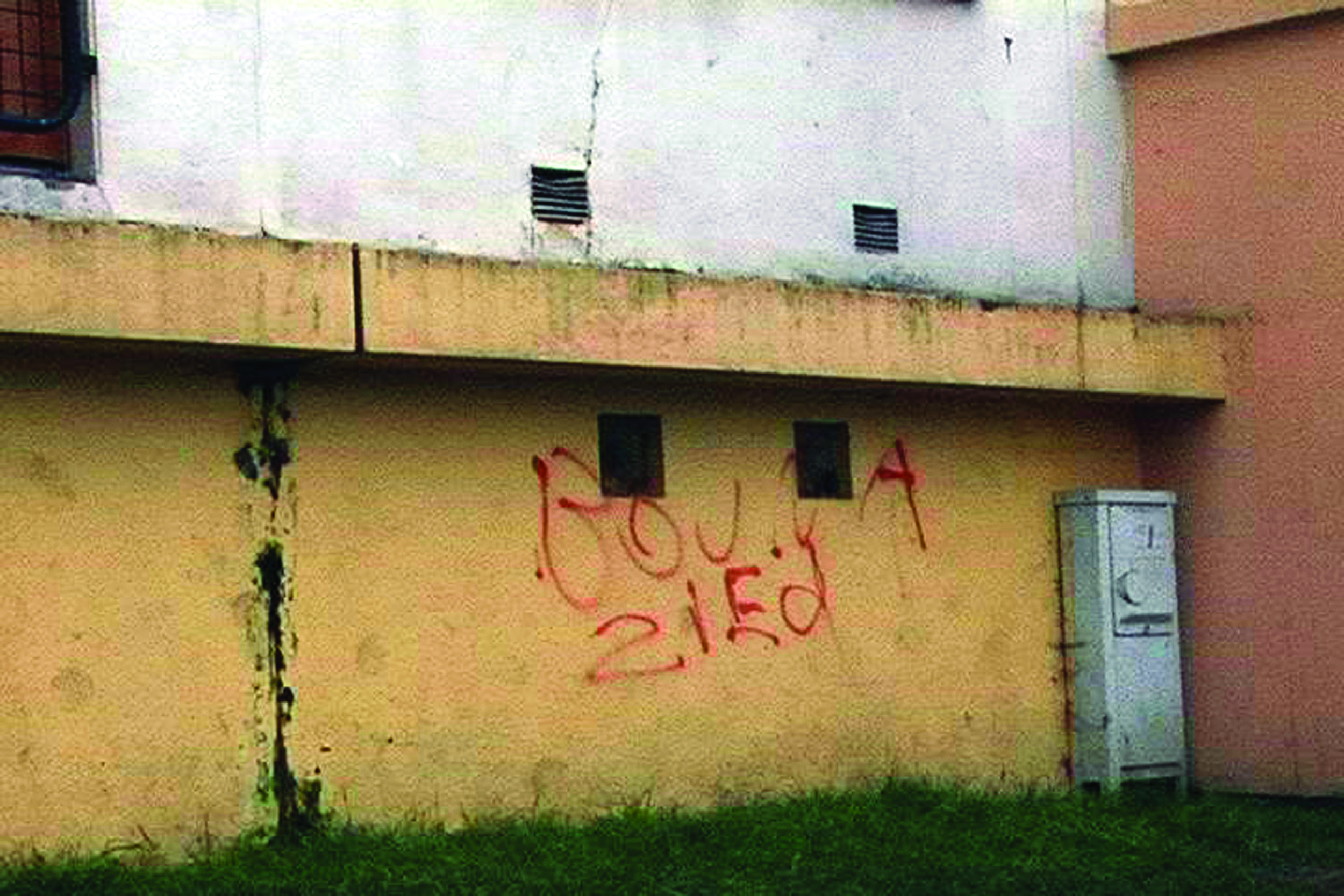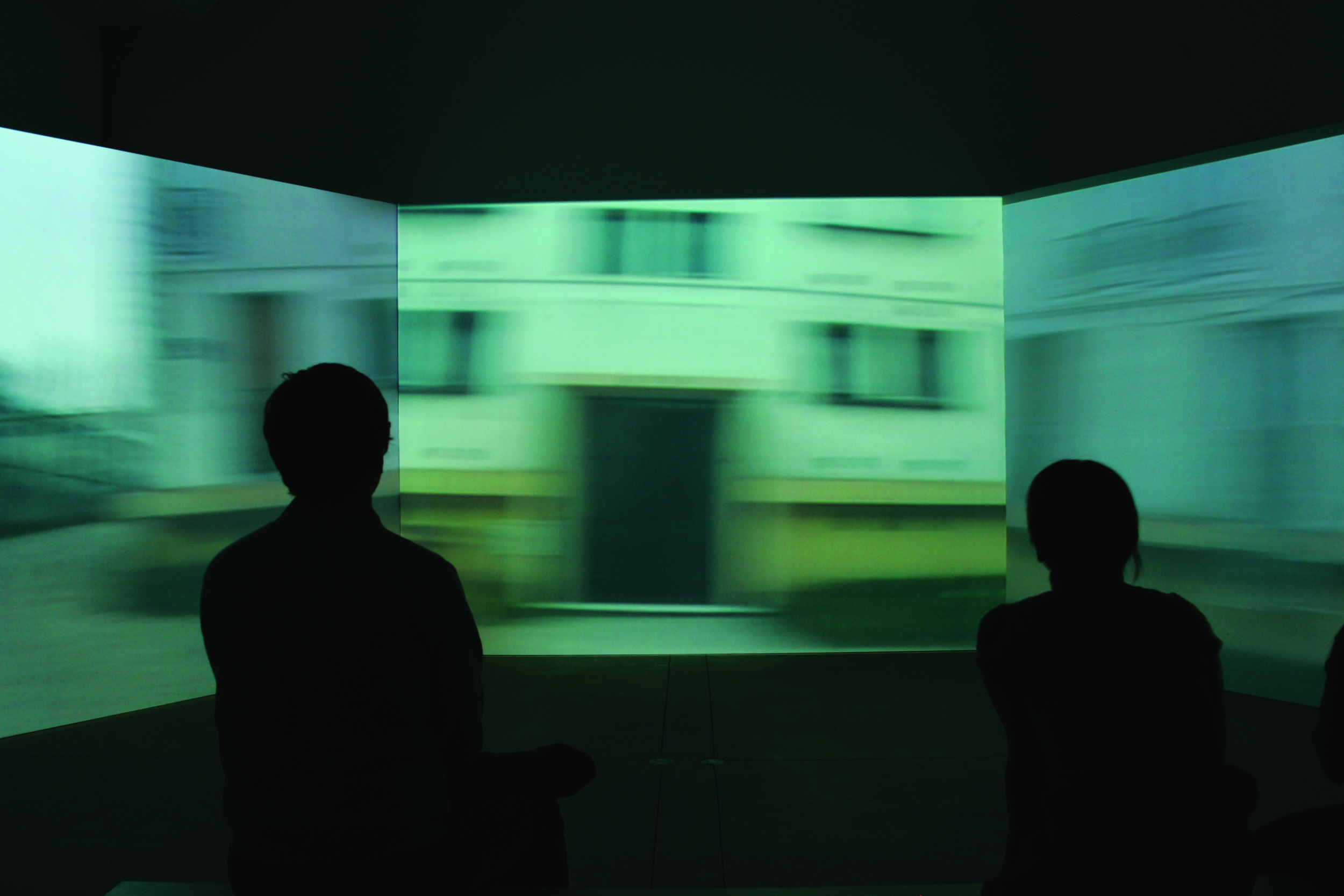Michelle Dizon
Curated by Mary Kelly
March 23 – May 12, 2010
Michelle Dizon is an artist, filmmaker and writer. Her focus is on questions of postcoloniality, globalization, social movements, human rights, and historical memory. Dizon works between Los Angeles and Manila.
Dizon has had solo exhibitions at the Jorge B. Vargas Museum and Filipiniana Research Center at the University of the Philippines and at The Gallery at UTA, University of Texas at Arlington. Her work has been exhibited at the REDCAT Gallery, Los Angeles; the Yerba Buena Center for the Arts, San Francisco; the Los Angeles Contemporary Exhibitions (LACE); the Berkeley Art Museum and Pacific Film Archive of the University of California; Artist's Television Access, San Francisco; Southern Exposure, San Francisco; Film Arts Foundation, San Francisco; the Cinema Project, Portland; the Women in the Director's Chair Festival, Chicago; the Asian American International Film Festival, New York; the Visual Communications Los Angeles Asian Pacific Film Festival; the San Diego Asian Film Festival; Cinemanila, Makati City, Philippines; Documental, and universities internationally.
She has taught in the Program in Photography and Media at the California Institute of the Arts, Valencia and she is currently on the faculty of the Vermont College of Fine Arts. Dizon holds a BA in English and History of Art from the University of California, Berkeley, and an MFA in Interdisciplinary Studio from the Department of Art at the University of California, Los Angeles. She is completing a Ph.D. in the Department of Rhetoric with designated emphases in Film and Women, Gender, and Sexuality at the University of California, Berkeley. This exhibition at CUE Art Foundation marks Dizon's first solo show in New York.
Mary Kelly has contributed extensively to the discourse of feminism and postmodernism through her large-scale narrative installations and theoretical writings. Recent exhibition
include Documenta XII, Kassel, Germany; WACK! Art and the Feminist Revolution, Museum
of Contemporary Art, Los Angeles; the 2004 Biennial, Whitney Museum of American Art,
New York; and the 2008 Biennale of Sydney, Australia. She is the author of Post-Partum
Document, Routledge & Kegan Paul, London, 1983 and Imaging Desire, MIT Press, Boston,
1996. Publications on her work include Mary Kelly, (Phaidon Press 1997) and Rereading Post-
Partum Document, (Generali Foundation, Vienna, 1999). She is a Professor in the School of
Art and Architecture at the University of California, Los Angeles.
ARTIST'S STATEMENT:
April 29, 1992
27 Octobre 2005
CURATOR'S STATEMENT
Michelle Dizon's work inhabits a strange space. It meanders in the interstices of perceptional systems, narrative conventions and exhibition genres, leaving an ephemeral yet explosive footprint in the definition of an art informed by feminism. Her expansive interrogation of difference includes questions on postcoloniality, migration, citizenship and radicalization as well as sexuality. I find
this, not only exhilarating, but also prescient in the way it opens a wider frame of political reference and incites the urgency of critical recall.
Civil Society, the projected image installation presented at CUE Art Foundation, shares this frame of reference with artists such as Sharon Hayes and Andrea Geyer, who also capture the symptomatic moments of social crises by restaging them. But Dizon has a unique take on the "blind spots" in this process and has figured out how to give them significance in visual form. Civil Society, for instance, is neither a film in the conventional sense, nor an immersive installation, but something in between, where two times converge in the image track, one durational and another that invokes the simultaneity of events in the unconscious. Similarly, the voice over has an uncanny resonance. For me, it is not just a narrative instrument, but an object, a vehicle for pure affect. In the installation, what I find most compelling is that the consequence of blurring both sound and image is not uncertainty, but a heightened awareness of subjective singularity, conveyed through the sensuous registers of the eye and the ear. At the same time, the work's tri-partite structure, punctuated by vertiginous wordplay, never lets me lose sight of the big picture.
YOUNG ART CRITICS: Annie Buckley on Michelle Dizon





